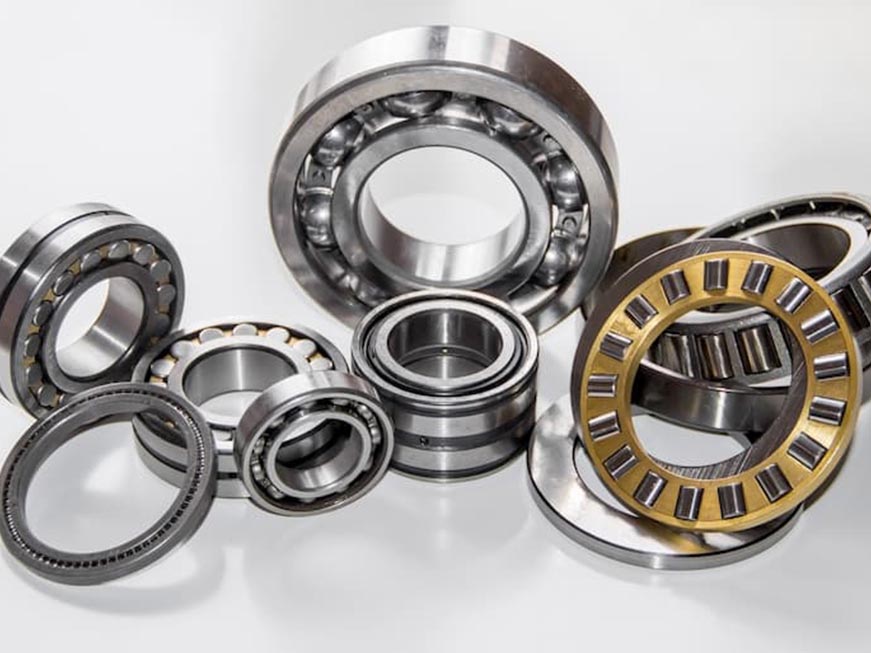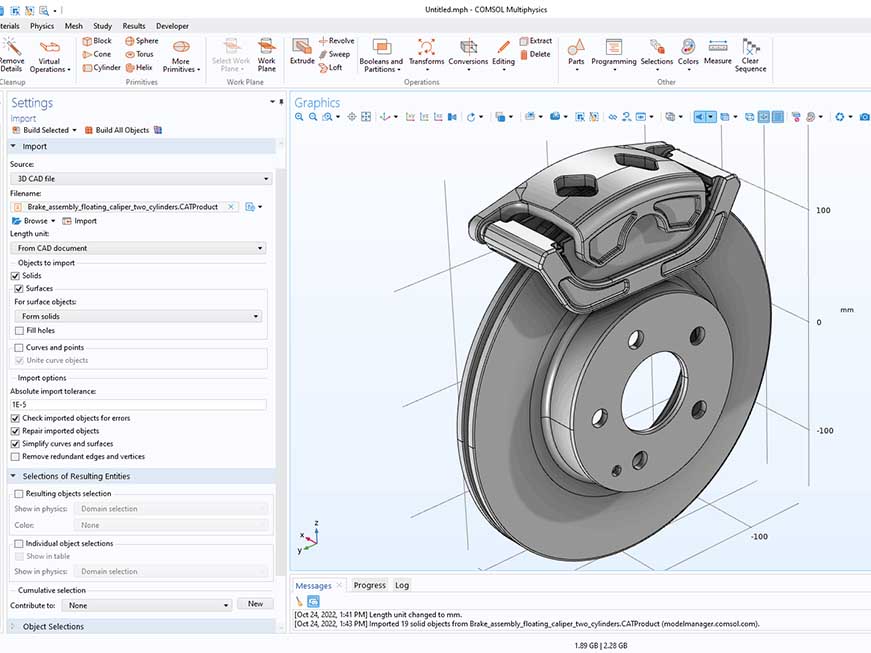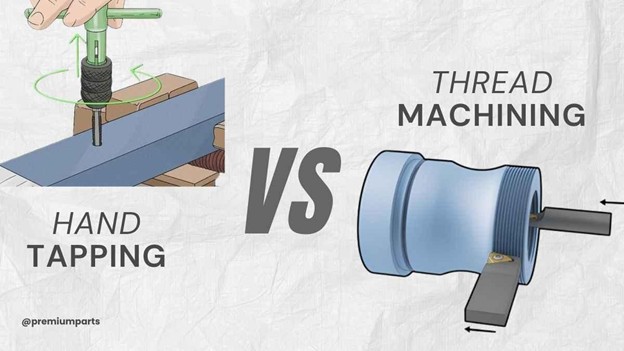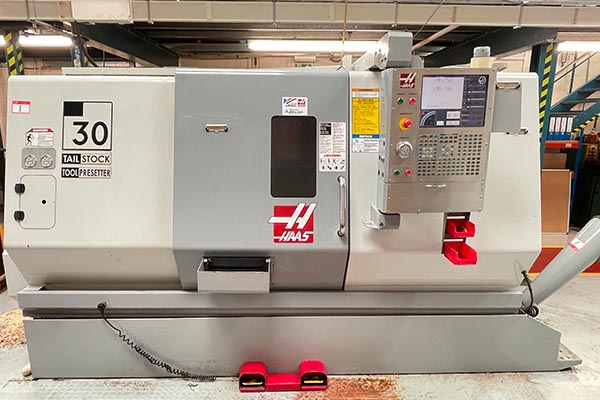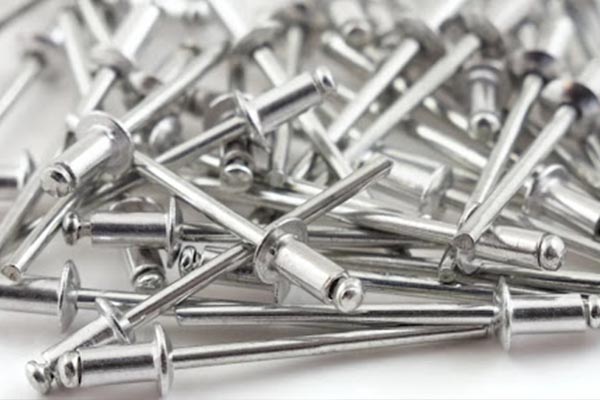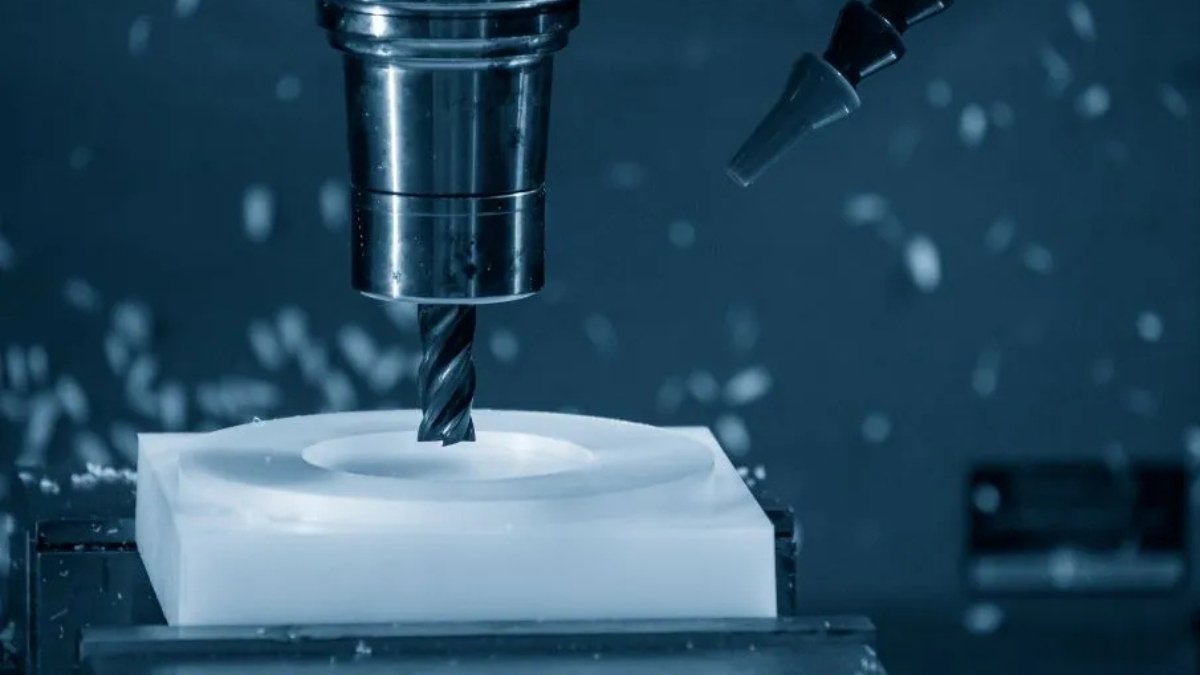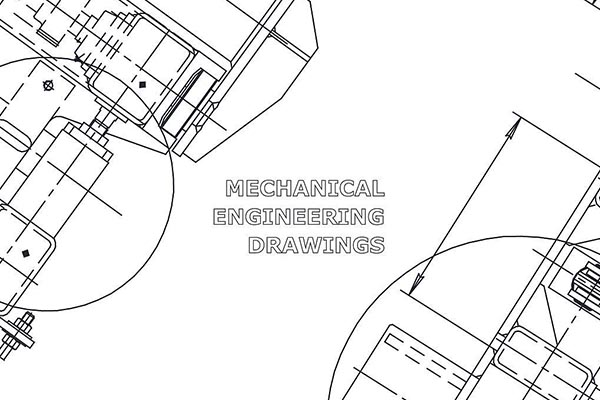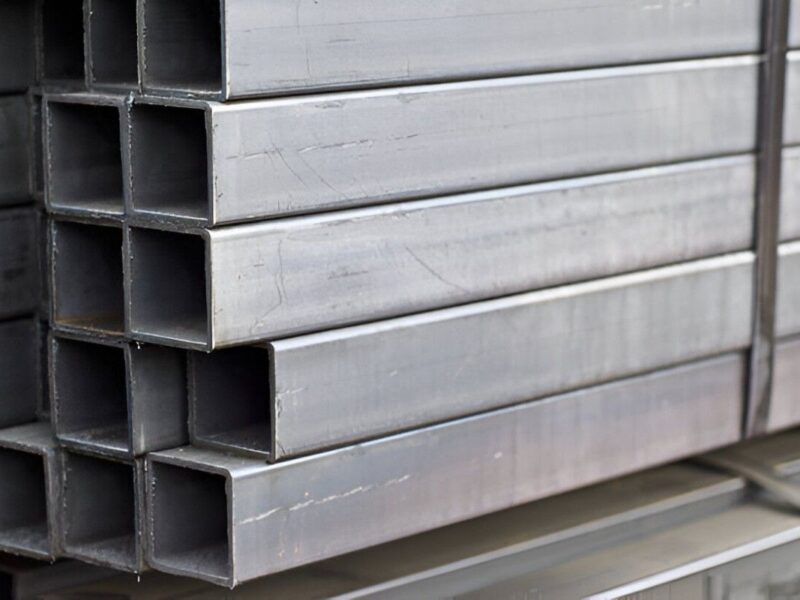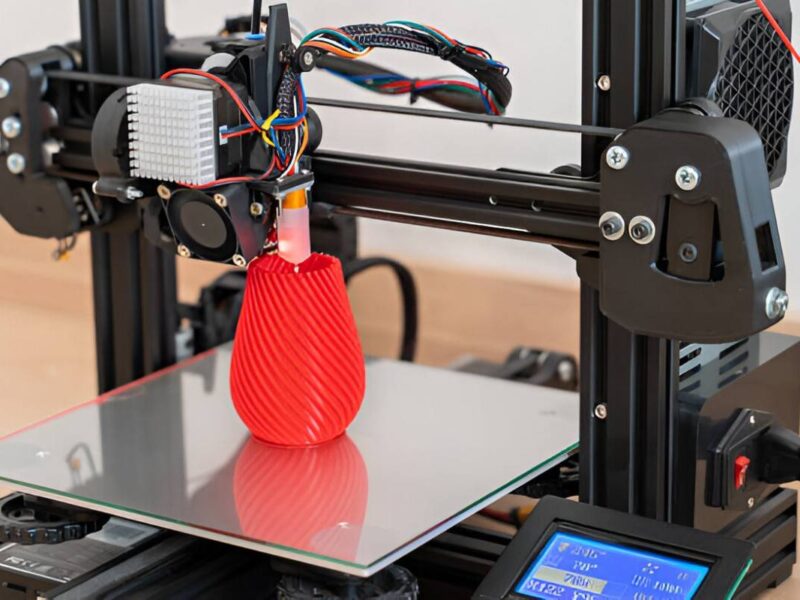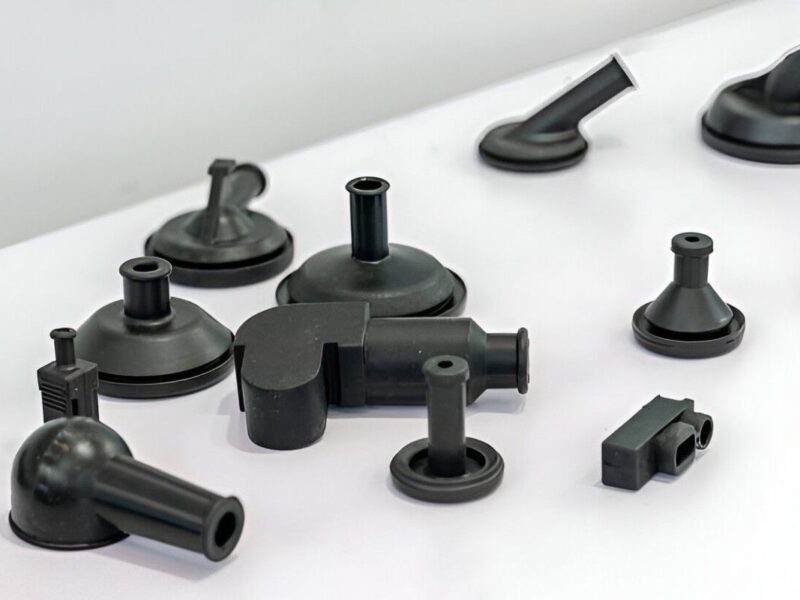Many industries rely on CNC machining due to its accurate, repeatable, and productive outcomes. However, even in advanced workplaces, errors can occur. Irregularities, errors in sizing, or internal breakdowns due to stress can cause problems, waste time, and harm a company’s reputation with CNC machining.
At Premium Parts, we are aware of the importance of precision in the manufacturing process. For this reason, we help engineers, designers, and manufacturers not only identify CNC machining defects but also find ways to stop them from happening in the first place.
We will explain the types of CNC machining errors, what causes them, and most importantly, how to handle or prevent them. We’ll examine the role of advanced technology and efficient processes in ensuring that everything comes out perfect.
Why CNC Machining Defects Happen Even in High-Tech Environments
A computer directs CNC machinery through digital instructions, while tooling and cutting are carried out strictly with advanced machines. Nonetheless, even these machines are still vulnerable to problems. Why?
CNC machines can only achieve high precision when a skilled person sets them up properly. Various factors interact to produce every part we see.
- Material Properties: Machining stainless steel is different from machining aluminum or titanium. Different materials produce different results when subjected to heating, moving, or compressing.
- Tool Condition: Using dull or damaged tools makes the surface of the part rough and increases the chance of errors in size.
- Machine Calibration: When tooling or spindles are misaligned, the machine may vibrate and make cuts that do not meet the required specifications.
- Program Errors: Errors in the G-code program can result in tools crashing or ending up with errors in the dimensions.
- Human Oversight: Even if a machine is operating smoothly, mistakes, such as in setting up, can still cause flaws in the product.
At Premium Parts, our routine includes checking and replacing tooling, calibrating machines accurately, and running simulations before starting any production. If we deal with the major reasons for failure ahead of time, we prevent many errors and achieve higher accuracy.
Most Common CNC Machining Defects (and How to Fix Them)
No matter how advanced your technology or skilled your staff, there is still a possibility of errors in CNC machining. Aside from making things look different, these defects can weaken performance, durability, and precision. Identifying the main causes of defects helps you manage issues, prevent hold-ups, and save effort.
At Premium Parts, through our expertise in quality checks and comprehensive CNC knowledge, we’ve resolved thousands of issues for our clients. The following are frequent CNC machining defects, along with solutions our team often applies.
1. Tool Marks and Poor Surface Finish
What it looks like: Visible lines, ridges, or rough textures on the part’s surface—often affecting aesthetics or functional contact areas.
Causes:
- Worn or dull cutting tools
- Incorrect feed rates or spindle speeds
- Excessive tool pressure
- Chip re-cutting due to poor evacuation
- Inadequate coolant or lubrication
How to Fix It:
- Opt for well-made and sharp tools and observe any changes in their condition as you use them
- Adjust the settings used for various materials and shapes
- Improve the process of bringing coolant to the tool and removing chips
- Set feed per tooth at a lower value or alter the tool path to engage with the material as little as possible
How Premium Parts Solves It:
We make use of planned monitoring systems and always use superior tooling to preserve the quality of our edges. We use surface roughness tests to verify a beautiful and smooth finish on cosmetic or sealed surfaces.
2. Burrs and Sharp Edges
What it looks like: Small metal protrusions, ragged parts, or strands of material around any holes, corners, or cut parts.
Causes:
- High-speed or aggressive methods used in making tools
- The tools used are not properly made or have worn down since the last time they were sharpened.
- Soft and ductile types of materials
How to Fix It:
- Apply deburring techniques while making CAM programs.
- Use edge-breaking and chamfering processes.
- Help the tool makers create tool geometries for cutting with clean edges
- Improve the parts by tumbling, brushing them, or manually deburring them
How Premium Parts Solves It:
Our parts go through dedicated edge refinement stages. We combine automated deburring with manual inspection to ensure burr-free results, especially for precision-critical parts like surgical instruments or aerospace connectors.
3. Dimensional Inaccuracy or Out-of-Tolerance Features
What it looks like: Parts that don’t fit assemblies, fail gauge checks, or miss target measurements.
Causes:
- Thermal expansion during cutting
- Tool deflection under heavy load
- Improper machine calibration or worn bearings
- Incorrect G-code or outdated CAD/CAM files
- Fixture instability
How to Fix It:
- Compensate for thermal growth using real-time sensors
- Use stable, rigid tooling and reduce tool stick-out
- Regularly calibrate machines and perform test cuts
- Recheck CAM files and fixture alignment
- Introduce in-process metrology (CMM, laser scanning, probes)
How Premium Parts Solves It:
Dimensional accuracy is non-negotiable at Premium Parts. We perform in-process checks, including tool offset corrections and live probing. Our post-machining inspection includes CMM validation and detailed tolerance reports, ensuring no deviation goes unnoticed.
4. Chatter and Vibration Defects
What it looks like: Ripple marks or irregular patterns on surfaces, often audible as high-pitched noise during cutting.
Causes:
- A lack of stable fixtures or work holding devices
- Differing or non-matching spindle and feed rates
- Too much or too little tool rigidity
- Alignment of the tool’s frequency with that of the material
How to Fix It:
- Try to use fewer and shorter tools
- Modify feeds and speeds so that vibrations do not damage the workpiece
- Use dynamic damping or cutting changes with speed changes on the spindle
- Rely on precision vises or custom fixtures to secure the work
How Premium Parts Solves It:
We use CAM simulations to identify potential chatter-prone zones and apply spindle optimization routines. Our tooling is selected not just for material compatibility but also for dynamic stability, reducing vibration before it begins.
5. Warping or Part Distortion
What it looks like: Finished parts that bend, bow, or twist out of shape, especially thin walls or large flat sections.
Causes:
- Strains in the raw materials
- The machine produces too much heat from cutting
- Removal of too much material
- A problem with the rate of cooling or the arrangement of the workpiece during machining
How to Fix It:
- Apply a stress-relieving technique when using the material.
- Choose a mix of roughing and finishing with similar weights between the passes.
- Make sure the sections are spread and the temperature differences are lower.
- Apply post-machining stress relief (heat treatment) when it’s required.
How Premium Parts Solves It:
We analyze material behavior upfront and simulate stress accumulation using CAD/CAM tools. Our multi-pass approach to roughing and finishing helps distribute forces evenly, avoiding warping altogether, especially in aluminum and titanium parts.
6. Misaligned Holes or Inaccurate Hole Sizes
What it looks like: Off-center, oversized, or undersized holes; interference during assembly; leaks in fluid or gas applications.
Causes:
- Drilling in the wrong order or the wrong way can cause tool deflection
- Used and worn drill bits or reamers
- When the pilot holes are not drilled or when the machine is not properly set up
- Any errors in the CAM programming codes or interpolation may occur
How to Fix It:
- Drill pilot holes and use step drilling techniques
- Use high-quality, coated tools for tough materials
- Align parts precisely during setup and probing
- Recalibrate drilling cycles and use helical interpolation for larger holes
How Premium Parts Solves It:
We apply precision boring and reaming techniques when hole accuracy is critical. For high-tolerance features, our machines are equipped with probing systems that detect and correct deviations on the fly—ideal for aerospace and fluid-handling components.
7. Incomplete or Missing Features
What it looks like: Parts missing threads, slots, fillets, or engraved details—especially in high-complexity parts.
Causes:
- CAM programming omissions or incorrect post-processor output
- Tool breakage mid-operation
- Machine stoppage or reset without re-indexing
- Human oversight in multi-operation setups
How to Fix It:
- Implement detailed part simulation before production
- Use tool-break detection systems
- Validate tool paths and setup sheets thoroughly
- Improve operator training and part verification
How Premium Parts Solves It:
We utilize simulation software to detect missing operations before a part ever touches a machine. Combined with multi-stage process control and final FAI (First Article Inspection), we ensure that nothing slips through the cracks—literally or figuratively.
Eliminate Defects, Don’t Just Detect Them
It’s better to stop defects before they become a problem rather than handle them after they appear. This means you try your best to eliminate all forms of defects before starting production. We seek to prevent problems in the first place at Premium Parts. We possess the right equipment, skilled employees and regularly monitor our processes, allowing us to move from a prototype to making the product in larger quantities..
Premium Parts’ Proven Approach to Minimizing CNC Machining Defects
We create systems to eliminate problems, not just deal with them once they occur.
1. Advanced Process Planning
First, we explain the requirements and examine materials with the customers, making sure the machines are exact. Using current CAD/CAM technologies, we can make toolpaths that use up less tool material and lead to fewer motions and a lighter load on the item being machined. Planning and anticipating problems avoids many of the usual mistakes, like incorrect height, unevenness and a too noisy surface.
2. State-of-the-Art Equipment and Tooling
Our CNC machines have real-time monitoring and can adjust their controls based on needs. Because of these abilities, we can catch shifted tools, vibration, and warmth in the tools for immediate fine-tuning. The presence of high-spec tools and custom fittings allows this technology to provide consistent and reliable results in production.
3. Real-Time Quality Control
Premium Parts verifies parts every step of the way using laser scanners, probes, and coordinate measuring machines (CMM). We can detect and fix any problems quickly in this cycle, so we produce fewer scraps and less wasted time.
4. Skilled Technicians and Continuous Improvement
Our employees with experience in machining and engineering pay close attention to detail. They examine problems that keep recurring, join in fixing production, and start preventive maintenance schedules. As we continuously improve, we manage to deliver defect-free components, regardless of how complex the project is.
Proactive vs. Reactive: Why Prevention is Better Than Repair
Identifying faults before making the product is cheaper than fixing them later. Reactive machining consumes valuable resources, takes time, and can lead to losing customers’ trust. If parts get scrapped, assembly is stopped, or goods are not sent on time, losses become serious.
Whereas an active approach ensures that quality is present in each stage. Beginning with smart design, smart selection of material, and thoughtful process choice is advisable. If you add simulation, check during the process, and validate after machining, the chances of errors will decrease a lot.
We implement closed-loop feedback systems at Premium Parts to continuously adjust parameters. Every step, from our first version to full-scale production, aims to get it perfect on the first try. Should adjustments be needed, we will act quickly and decisively as a preventative measure.
When to Re-Machine, When to Scrap, and When to Re-Design?
It’s possible that some CNC machining defects can be fixed without having to scrap the part or redesign the product. We check every issue thoroughly to suggest the best approach, whether it’s repairing, discarding, or redesigning.
When to Re-Machine
Most of the time, issues such as small dents, uneven surfaces and burrs can be corrected with retouching. Our equipment and technicians can safely adjust or repair the parts so that their qualities or integrity are maintained. It is offered when making things in small amounts, as it is effective even though production is slowed slightly.
When to Scrap
In the case of very deep cracks, strong warping, or damaged structural support, the item should not be used because it may fail soon. If you scrap the part, all damaged components will not move forward in the manufacturing process. Although scraping increases expenses, it ensures the product is effective and customers are pleased.
When to Re-Design
At times, the same defects indicate a problem with the design or the material used. Re-designing the part is the most effective way to handle these issues over time, if problems keep arising. It could mean changing the edge distances, revising the form, or selecting various suitable materials. Premium Parts engineers work together with you to ensure the designs can be manufactured easily and are free from flaws.
Determining whether to remachine, throw away, or redesign something helps optimize how work is done and meet high-quality expectations. With our expertise, we ensure you have the flexibility to make necessary decisions with confidence.
Choosing the Right CNC Machining Partner to Eliminate Defects
How can you ensure that machines are working properly and not making any defects? An ally who is capable of stopping them would be your best defence.
This is what you should keep in mind:
- Technical Expertise: For your team, consider tech experts who not only operate machines, but also who can improve the designs themselves.
- Advanced Equipment: Modern CNC machines should have multiple axes, live tooling, and machine verification.
- Robust QA Process: Quality assurance should include in-house checking, documented reviews, and instant process monitoring.
- Responsiveness and Support: Your partner should continue to work effectively, disclose what they are doing, and react to changes promptly.
We embody these principles at Premium Parts. Our decades of experience, emphasis on engineering, and advanced CNC machines ensure that all our parts are delivered with confidence.
Contact Premium Parts Today
Good to reduce mistakes in CNC machining and make all parts perfect? Premium Parts is committed to assisting you at every stage of purchase. Our team stands ready to give you a custom quote, inspect your DFM without charge, or assist you personally based on your unique requirements.
Ensure quality isn’t solely up to chance. Responsibility, reliability, and accuracy define how we do business. Each time you work with us, you can expect to receive accuracy, dependability, and confidence.
Allow Premium Parts to assist you in your manufacturing process with skill and commitment.


